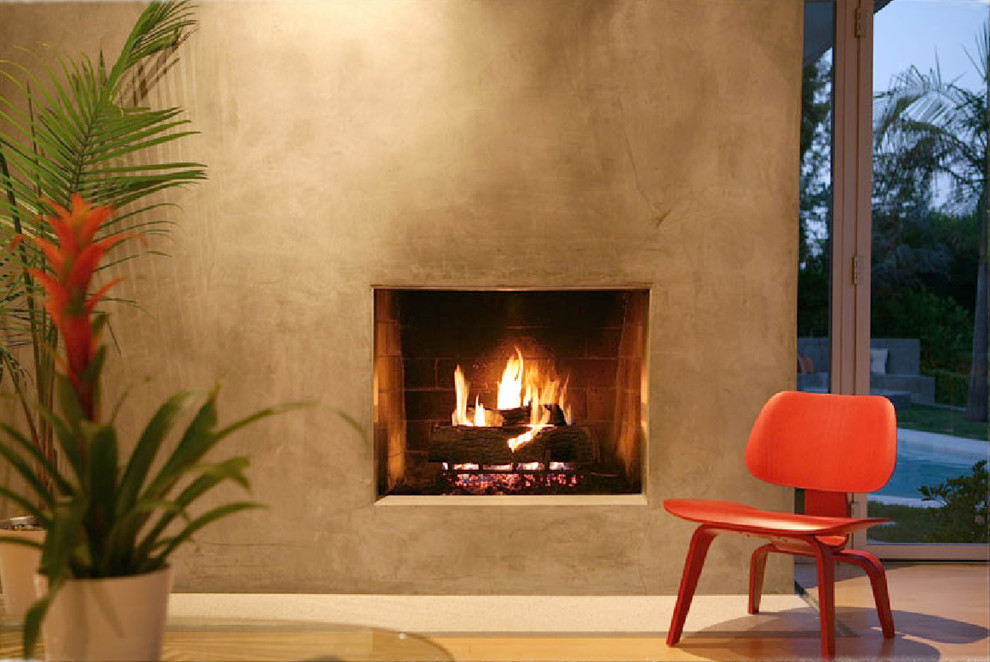
14 Jul How venetian plaster can be used to cater to individual tastes
When it comes to interior design, everyone has their own taste. That crystal chandelier you’ve got hanging from the ceiling? Stylish to you, tacky to another. That shiplap cladding you’ve got on your interior walls? You think it’s quirky – your customers might think it’s odd and out of place. See what we mean?
One thing we can all agree on though is that class is universal. One of the finishes that achieves this is venetian plaster, which dates back to ancient times.
It was used in Rome and even by the ancient Greeks. The Romans are credited with developing the application technique and creating some of the grandest interiors with it.
Venetian plaster is a timeless material that creates a real sense of space. It’s popular with interior designers and architects because its highly polished surface reflects artificial and natural light. This gives spaces a sense of being bigger than they are and helps lift what would otherwise be dark spaces. This makes venetian plaster a popular choice in small areas such as shops and the high-end bathrooms you’ll find in 5-star hotels.
The beauty of venetian plaster
Venetian plaster has captivated designers for thousands of years. The plaster, when combined with natural light, has a real sense of depth. The effect is a feeling of serenity and lightness. It has the uncanny ability to relax any room.
It’s also highly industrial and natural. Venetian plaster is limestone, after all. It has a unique appearance and an exceptionally durable finish. It’s functional, low maintenance and suitable for a wide range of applications. It’s perfect for homes, retail stores, gallerias, art galleries, museums or anywhere that requires a first-class finish.
Venetian plaster for individual tastes
Another great thing about venetian plaster is its composition can be altered to suit individual tastes. All pure venetian plasters are made up of just fired limestone and water.
These two ingredients are combined to make lime plaster. The beauty of the mixture lies in the reaction it has with carbon dioxide: when the putty’s applied to walls, it reacts with the carbon dioxide in the air, dries, and turns back into solid limestone.
Once this process is complete, it can be polished. Polishing venetian plaster brings out a new appearance. It transforms the matte surface into a glossy one. It also brings out the plaster’s unique characteristics, which are never the same across walls.
There are two main ways you can alter the appearance of venetian plaster:
Colours
Pure venetian plaster isn’t tainted by aggregates. The natural colour varies depending on the quantity of limestone and water used. The colour can be white, beige, brown, grey or brown. Most pure venetian plasters are white or grey.
Different colours can be achieved by mixing in aggregates. This is something offered as standard with plasters like Marmorino. To change the colour of venetian plaster into, say, blue or pink, we would mix in granite, marble or glass dust. This alters the composition and colour of the plaster without altering its subtle texture.
We can offer our clients a wide range of venetian plaster colours, from yellows and reds to blues and greens. The best quality venetian plasters don’t contain resins – they are made up of lime putty, stone dust and natural waxes and oils. These change the colour of venetian plaster, without altering its natural composition and texture.
Polishing
Venetian plaster can be polished using the finest grits. Or it can be textured using the roughest grits. Everyone has their own preference here. Some people prefer a satin finish for the best of both worlds. It’s entirely up to you.
Most people opt for a glossy finish, which means polishing the plaster in stages to remove any surface imperfections which reflect light. Venetian plaster is basically limestone, so it can be polished extensively without crumbling away. However, care should be taken to achieve a consistent finish. Errors in polishing always show up.
Whether you want matte, satin, or glossy final effects, you can have them with venetian plaster. Venetian player isn’t your only option either. If you want the appearance of polished marble for your walls, Marmorino plaster is your best bet. This has a putty mixture that contains marble dust so offers a different finish to classic venetian plaster.
Interested in venetian plaster for one of your projects? Discuss polished plaster with our experts. Call us on 0772 548 8669 for a friendly chat.




No Comments